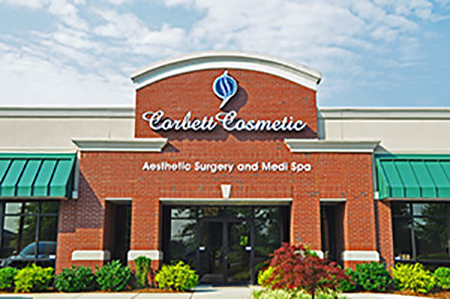The Dry technique has been largely abandoned in Louisville Liposuction. The reason is that it led to too much blood loss.
Dry liposuction was the first technique used. It was done under general anesthesia and liposuction cannulas were used to remove the unwanted fat without any fluid being infiltrated into the area. The result was blood loss equaling somewhere around 30% of the volume of fatty tissue removed. This was accompanied by significant swelling, bruising, hospital stays, and even transfusions.
In 2010, I suspect you will not find a Plastic Surgeon using the dry technique for Louisville Liposuction. I certainly do not.
Lee Corbett, MD
www.CorbettCosmeticSurgery.com
All posts on this blog are presented by Louisville Liposuction Surgeon, Dr. Lee Corbett.



